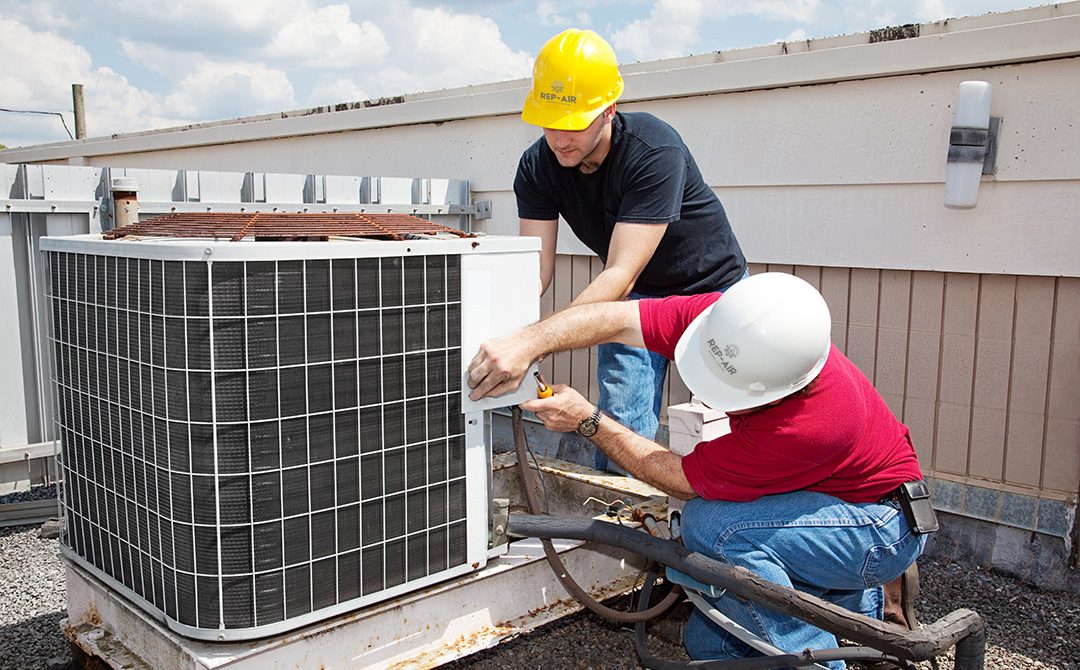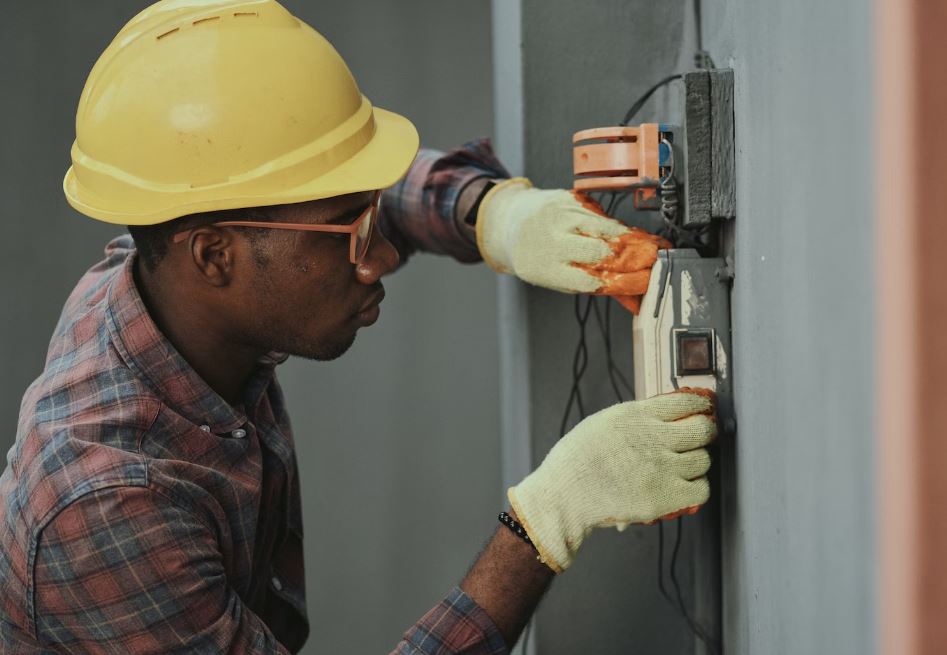Introduction
You love gliding through the grass blades on your lawn. However, your lawn does a lot more than make you feel good and being aesthetically pleasing. Lawn grass can also reduce heat and increase oxygen concentration in the air around you. That’s why it’s important to keep them healthy with the change of seasons. When you search for “landscape companies near me” to hire a professional landscaper for your lawn, they will always advise you to fertilize it in the fall. Let’s check out why you should do that:
The Details
- Perfect weather – The fall season has cool mornings and evenings, and that temperature range creates the perfect condition for fertilizing. Fertilizers prefer cool temperatures. As long as you can avoid fertilizing in the middle of the day when the sun is high and temperatures climb, the fall season is the optimal time for fertilizing your lawn. The cold temperatures allow for maximum absorption in a short period.
Moreover, you see less rain and more morning dew during the fall season. The condensed sitting water also helps your turf to absorb all the nitrogen and other nutrients inside the fertilizer. Unlike other seasons when the nutrients may be washed off due to rainfall, the morning dew is like nature’s optimized sprinkler system. Make sure that you fertilize the soil sufficiently before the temperature dips drastically and the ground freezes up.
- Improved turf quality – At the start of the year, when temperatures dip real low, you don’t have a lot of soil or plant activity. It’s the same for turfgrass. However, if you fertilize your lawn during the fall season, the turf shows better color during both the autumn and winter season.
Apart from that you also reap more benefits for the next year. When you fertilize your lawn during the fall season, you get results even during the spring season. When the ice melts and spring season arrives, your turf greens up at least a few weeks earlier if it has fall fertilization.
That means you don’t have to fertilize your lawn in early spring and don’t have to deal with excessive shoot growth. When your turf can stay greener without exaggerated shoot growth, your mower has an easier time making passes over your lawn.
According to research by the Ohio State University, fall fertilization can help retain nitrogen in the soil for a very long time into the next year. Researchers found that turf color remained quite acceptable till late May or early June. The nitrogen from the fertilizer starts wearing off at this point.
- More carbs – When you fertilize the soil during the fall season, it also enhances the carbohydrate storage in the grass. If your turf isn’t fertilized during the late season, carbohydrate levels will be low in the harsh winter months and may kill the green patch across a significant portion of your lawn.
Fertilizing your lawn in the fall also increases shoot activity and respiration during winter. While your lawn grass stores carbohydrates even when temperatures are close to freezing point, the process is very slow. Fall fertilization helps to boost carbohydrate storage so that it can peak during the winter months when it’s most needed.
This high carbohydrate content stays on till the spring season and after spring fertilization, lawn grass has a higher pool of carbohydrates during the summer season. This makes them more tolerant to stress, increased weed activity, and foot traffic.
- Root stimulation – When you fertilize your lawn during the fall season, you also stimulate root growth. This time is perfect for root growth since temperatures above the soil decline very quickly and stimulating the roots allows the plant to optimize and make better use of its resources.
During the fall, soil temperatures dip below 65 degrees Fahrenheit and that is ideal for root growth. That’s why fertilization at this time helps. Turfgrass focuses on root growth instead of shoot growth since the ideal conditions demand it. The roots will keep growing even into the winter as long as the soil isn’t frozen.
- Fertilizing plants – Apart from your lawn, fall is also a great time for fertilizing trees, plants, and shrubs. Trees and shrubs go dormant during the winter season. Fertilizing the soil around them during the fall season helps to stimulate their roots so that they can come back stronger when the ice melts and the temperature soars.
Moreover, homeowners don’t usually like the look of scattered dead leaves on their lawns during the fall and winter seasons. That’s why most of you rake away those leaves. However, that’s nature’s mechanism of adding nutrients back to the soil during the late season and helping the plants and trees. If you like to rake away those leaves, adding fertilizer is necessary to boost nitrogen in the soil before the plants go dormant in winter.
You can scatter a superphosphate fertilizer around your shrubs and flowering plants in this season so that they can make a rapid recovery and bloom with more vigor and glory during the spring and summer seasons.
- Nail the timing – Timing is key when it comes to fall fertilization. Do it too early and invite plenty of damage from the harsh winter weather in the form of snow molds. Do it too late and the ground freezes up while plants go normal, making nutrient absorption from the soil very difficult.
Depending on your climate, you should fertilize your lawn during September and October. You need to make sure that the soil is fertilized at least a couple of weeks before temperatures dip down and the dirt freezes up. Your plants and grass need that time to absorb the added nutrients and grow their roots.
Conclusion
Now that you know all about the benefits of fertilizing your lawn during the late season, you should buy a few bags of fertilizer from a nearby store. To make other changes to your yard or other parts of your property, you can hire pros by searching for “landscape companies near me”.





